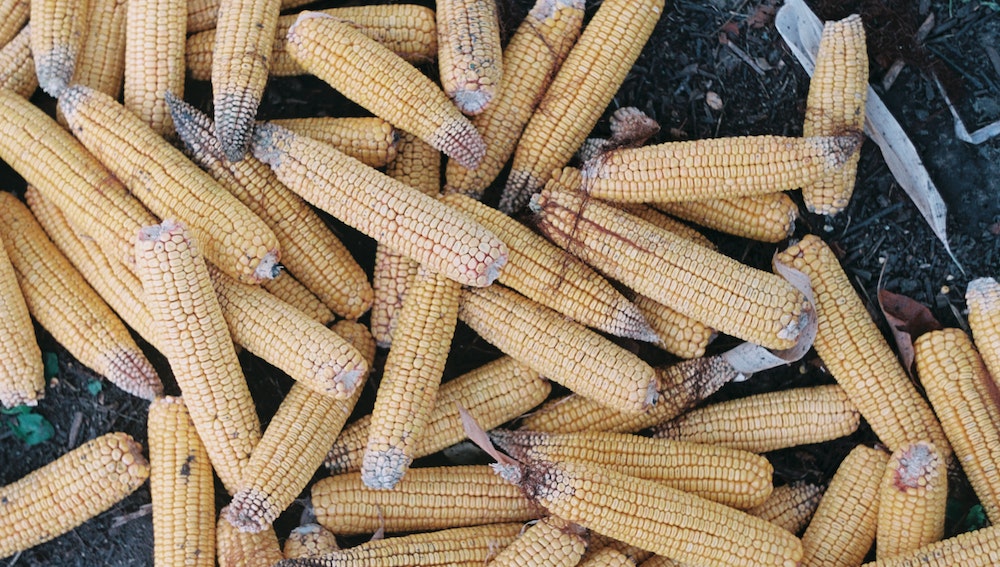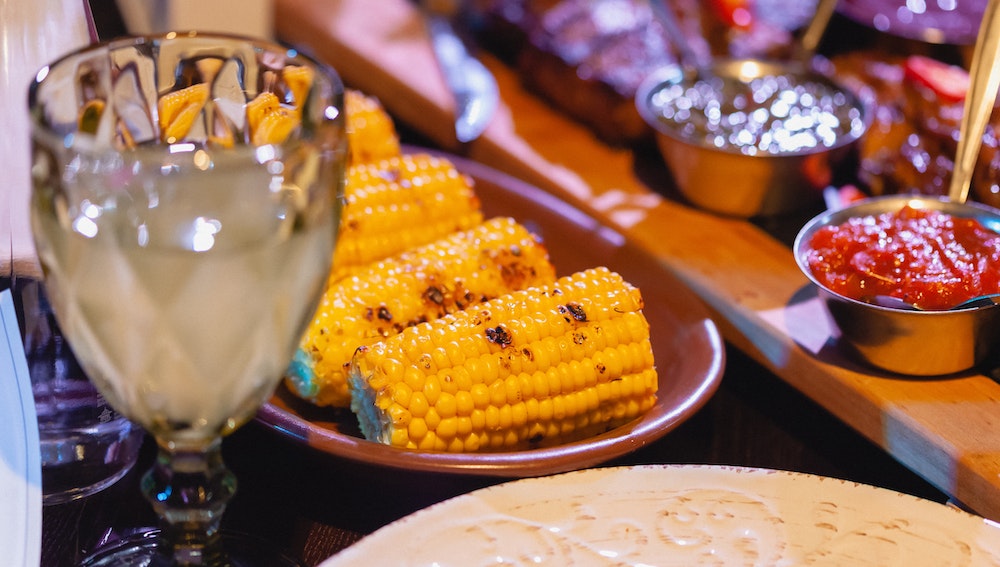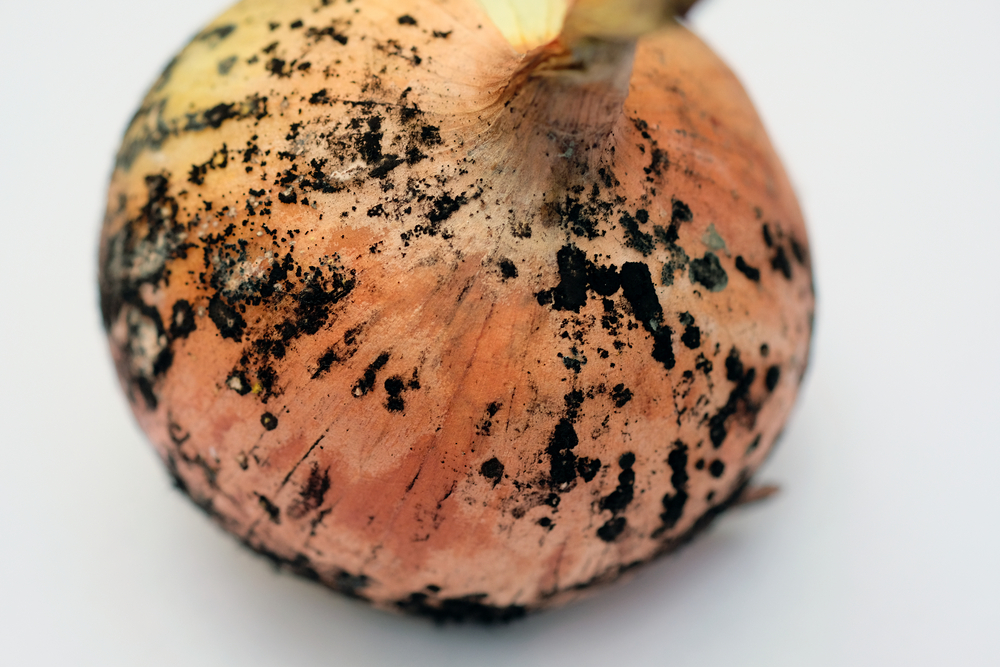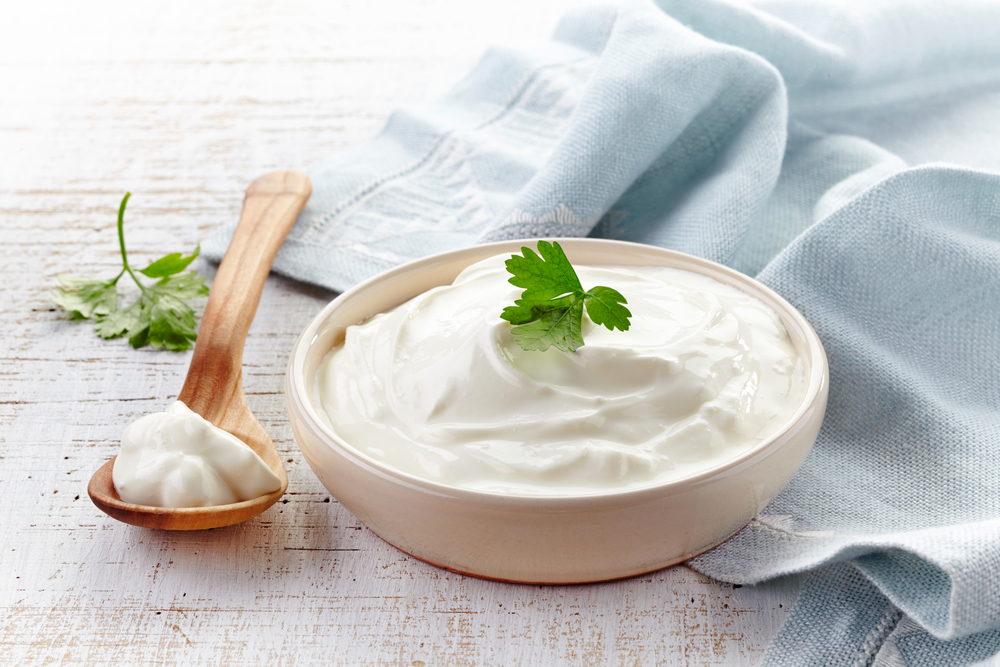Corn, one of the most popular and versatile vegetables, is enjoyed by many worldwide, especially during the summertime when it’s fresh and at its peak.
However, encountering bad corn can ruin this delightful culinary experience. In order to delve deeper into what bad corn tastes like, it’s essential to first understand the various factors that contribute to the spoilage of corn, as well as how to detect and avoid consuming it.
Detecting bad corn involves checking for visual signs, such as mold growth or discoloration, and sniffing for off-putting or sour scents, which directly impact its taste.
When corn turns bad, it often takes on a sour and moldy flavor that varies based on the severity of spoilage. This unappetizing taste is a signal to your taste buds that the corn is no longer safe to consume and should be discarded immediately.
Moreover, it’s important to learn the proper methods of choosing, storing, and processing fresh corn to minimize the chances of encountering spoiled corn.
By implementing these techniques and recognizing the signs of corn spoilage, you can ensure that the corn you enjoy is always of the highest quality, leaving you free to relish in its sweet and satisfying taste.
Key Takeaways
- Bad corn takes on a sour and moldy flavor due to spoilage
- Identifying visual and olfactory signs can help detect bad corn
- Proper selection, storage, and processing methods minimize spoilage risks
Identifying Bad Corn

Color and Appearance
Bad corn can be identified through its color and appearance. Typically, fresh corn has bright yellow kernels and a green, moist husk. If the corn has brown or discolored kernels, it may be a sign of spoilage.
In some cases, you may also notice red spots or greyish patches, which could indicate the presence of mold. Examining the husk can provide additional clues; a dried-out or brown husk often means the corn is well past its prime.
Texture and Feel
Another way to identify bad corn is by its texture and feel. Fresh corn kernels should be plump, firm, and smooth, while the husk should be tightly wrapped around the cob with multiple layers.
If you find the kernels to be hard, shriveled, or slimy, it’s a clear indication that the corn is no longer fresh. Similarly, if the husk is loose or has visible bumps, it may be compromised.
Smell
Smell can also help you determine whether the corn is bad or not. Fresh corn usually has a mild, sweet fragrance, while bad corn may have a sour, musty, or moldy odor.
If you detect an unpleasant smell when you peel back the husk, it’s best to avoid consuming it, as it may be spoiled or contaminated.
By paying attention to the color, appearance, texture, and smell of corn, you can effectively identify bad corn and ensure that you consume only fresh, good-quality produce.
Taste of Bad Corn
Bad corn has a distinctive taste that is easily identifiable. The flavor is often described as bland and lacking in the natural sweetness found in fresh corn. As corn begins to spoil, it may also develop an unpleasant, sour taste.
This is caused by the natural process of decomposition, which breaks down the starches, sugars, and other compounds that give corn its appealing taste.
In some cases, bad corn may have a moldy, musty, or even slightly chemical taste. This can be a result of contamination or improper storage.
Exposure to moisture, air, or extreme temperatures can cause the corn to deteriorate, leading to noticeable changes in its taste and texture. The presence of mold or bacterial growth on the corn can also cause it to take on an off-putting flavor.
Spoiled corn may have an unfavorable texture as well, in addition to the unusual taste. It can be mealy, mushy, or chewy, depending on the stage of spoilage.
Corn that has gone bad may lose some of its crispiness or become tough and fibrous, making it difficult to bite into and chew. This can further enhance the overall unpleasantness of consuming bad corn.
It is essential to be cautious when encountering corn that has a questionable taste or appearance. Consuming bad corn can lead to foodborne illnesses, especially if there is mold or bacterial contamination.
Symptoms can include nausea, vomiting, diarrhea, and abdominal pain. Additionally, some molds produce mycotoxins, which can cause more severe health issues if consumed in large quantities.
In conclusion, the taste of bad corn is characterized by a bland, sour, or moldy flavor, as well as an unpleasant texture. Proper storage and regular inspection of corn can help prevent spoilage and ensure that the corn remains fresh and delicious.
Effects of Eating Bad Corn

Eating bad corn can lead to a variety of negative effects on the body, most commonly food poisoning. Food poisoning, also known as foodborne illness, occurs when one consumes food that is contaminated with harmful bacteria, parasites, or viruses. Consuming bad corn puts an individual at risk of experiencing symptoms such as:
- Nausea
- Vomiting
- Diarrhea
- Abdominal pain
- Fever
These symptoms can appear anywhere from a few hours to a few days after eating the contaminated corn and can last for a few hours to several days, depending on the severity of the food poisoning.
In addition to food poisoning, eating bad corn can lead to other health concerns. For example, if the corn is contaminated by toxic substances, such as mold or pesticides, it can cause long-term health problems if consumed in large amounts.
It is essential to identify and discard any corn that appears moldy, discolored, or has an off smell to avoid such risks.
Moreover, individuals with allergies to mold or other substances that may be present in spoiled corn should be cautious.
Consuming bad corn for these individuals may trigger an allergic reaction, which can range from mild symptoms, such as itching and hives, to severe and life-threatening symptoms, such as difficulty breathing or anaphylaxis.
In conclusion, it is essential to check the quality of corn before consumption. Eating bad corn can lead to food poisoning and other potential health risks.
To ensure one’s safety and well-being, always store and handle corn properly to prevent it from going bad and be vigilant for any signs of spoilage.
Choosing and Storing Fresh Corn

At the Market
When shopping for corn at the grocery store or farmers’ market, look for corn on the cob with bright green husks and tight rows of kernels. The husks should feel heavy and be free of holes and small insects. Gently pull back the husks to check the silk.
Fresh corn silk should be golden, slightly sticky, and not dry. White or pale silks may indicate underripe corn.
Another way to ensure freshness is to press your fingernail into a kernel. If the corn is fresh and sweet, the kernel will release a milky liquid. Avoid corn with dry, indented, or shriveled kernels.
Preserving at Home
To preserve fresh corn at its peak, store it in the refrigerator as soon as possible after purchase. Keep the corn in its husks to maintain moisture and prevent the sugar from converting to starch, which can affect the taste and texture of the cooked corn.
Place the corn in an airtight container or wrapped in a plastic bag inside the fridge. Fresh corn typically has a shelf life of 3-5 days in the refrigerator.
If you’re not planning to consume the corn within a few days, consider freezing it for longer storage. To do so, remove the husks and silks, blanch the corn cobs for 4-6 minutes, and then immediately cool them in an ice bath.
After they are cooled, pat the cobs dry, and place them in airtight containers suitable for freezing. Frozen corn can be stored for up to 12 months.
When stored at room temperature, corn will lose its sweetness and convert sugar to starch more quickly. If you have a surplus of fresh corn that you cannot refrigerate or freeze, consider sharing it with friends, family, or neighbors to ensure they can enjoy this delicious grain at its best.
Processing and Cooking Corn

When processing corn, it is essential to wash and clean it thoroughly to remove any dirt or debris that might be present on the surface or in between the kernels.
This is an important step not only to improve the appearance but also to enhance the flavor and texture.
One popular recipe for cooking corn is to boil it in water with a pinch each of salt and butter. This cooking method not only preserves the natural sweetness of the corn but also contributes to a nice coating on the kernels. Adding a bit of pepper could give a spicy twist to the flavorful corn.
Roasting corn is another way to enjoy this healthy vegetable. Simply smearing it with some butter and seasoning with salt, pepper, or your favorite spices before roasting can result in a delicious, smoky aroma and taste. This cooking technique also helps to achieve a slightly crispy texture, contrasting the tender kernels inside.
Corn pairs well with cheese and cream too, making it a versatile ingredient for creating different dishes such as salads and creamy soups. A simple corn salad can be prepared by combining corn kernels with fresh cheese, tomatoes, greens, and other vegetables, tossed in a light dressing.
Corn can also be blended with cream, broth, and aromatic vegetables to produce a rich, smooth soup that highlights the natural sweetness of corn.
The aroma of corn when cooked properly is a combination of sweetness, roasted notes, and a hint of the earthiness unique to this wholesome vegetable.
It’s essential to note that a bad or rotten corn may have an off smell that could potentially ruin the dish.
When cooked to perfection, corn has a delightful texture that is juicy, tender, and slightly crunchy, making it a joy to bite into.
However, overcooking or undercooking corn may lead to undesirable results such as a mushy, starchy, or dry texture, which can greatly affect the overall enjoyment of the dish.
In conclusion, processing and cooking corn the right way can not only preserve its natural sweetness, aroma, and texture, but also create a variety of dishes that highlight its versatility, making it a popular and healthy vegetable in many cuisines.
Impact of Corn Spoilage
When corn experiences spoilage, several factors contribute to the degradation of its taste and quality. Corn spoilage can be the result of drying out, exposure to bacteria, fungi, and molds, or a combination of these elements.
A rancid smell and slimy texture often accompany spoiled corn, indicating the presence of harmful microorganisms.
Drying out is a common cause of corn spoilage. As corn loses moisture, its taste may become less sweet and more bland, negatively impacting its overall flavor.
Drying out can also make the corn kernels tough and difficult to chew.
An unpleasant, rancid smell is another sign of corn spoilage. This odor typically indicates the presence of bacteria or fungi, which can also contribute to a compromised taste.
When molds form on corn, they produce various compounds that can alter the taste and cause potentially harmful effects if consumed.
Slimy texture in corn can be attributed to the growth of bacteria or fungi. These microorganisms break down the corn’s natural structure, rendering it less appealing and negatively affecting its taste.
Besides the unpalatable slimy texture, consuming spoiled corn can also lead to foodborne illnesses.
In conclusion, corn spoilage has a significant impact on taste, with drying out, rancid smells, molds, and slimy textures all contributing to the degradation of its quality. It is essential to properly store and inspect corn before consumption to ensure it remains fresh and safe to eat.
Frequently Asked Questions
How can I identify spoiled corn?
Spoiled corn can be identified by a few key signs. First, check its appearance. If the kernels are discolored, shriveled, or moldy, it is likely spoiled.
Second, smell the corn; a sour or off odor indicates spoilage. Finally, feel the corn for any slimy or sticky texture, which is another sign of spoilage.
Why does my corn taste bitter?
Bitter corn may be due to several factors, including the variety of the corn and its stage of maturity. Corn can develop a bitter taste when harvested too early or from certain environmental conditions such as drought or water stress.
Lastly, improper cooking or storage may also contribute to the bitterness.
What causes corn to smell like vinegar?
A vinegar-like smell in corn is typically a sign of fermentation. This occurs when corn is left for an extended period at room temperature or exposed to high humidity, causing it to break down and produce acetic acid. This acid gives off the vinegar-like odor.
Is it safe to eat moldy corn?
No, it is not safe to eat moldy corn. Mold can produce harmful toxins called mycotoxins, which can cause various health issues and even be fatal in some cases. If mold is present, discard the corn immediately to avoid potential risks.
What makes corn taste sour?
Corn that tastes sour is usually the result of spoilage or fermentation. As bacteria break down the sugar in corn, lactic acid and other compounds are produced, resulting in a sour flavor.
This can be due to storage conditions, age, or improper handling of the corn.
How long does corn last in the fridge?
Fresh corn can last up to a week in the refrigerator when properly stored. To maximize its shelf life, wrap the corn tightly in plastic or place it in an airtight container.
Cooked corn should be refrigerated within two hours and stored in an airtight container; it can last up to four days in the fridge.







